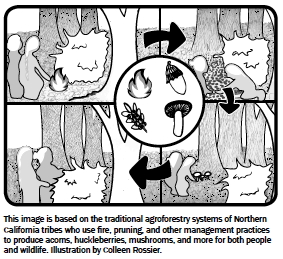Wildfire mitigation is a community-wide effort. That means we all need to understand how to build relationships and work together to improve resiliency in our communities. Lessons from wildfire social science can help us understand the human dynamics involved in improving the health of our forests and reducing the risk of wildfire.
The Fire Adapted Communities Learning Network Blog highlighted some helpful social science research projects funded by the Joint Fire Science Program in a recent blog post:
Social Science at the Wildland Urban Interface: Creating Fire-Safe Communities
The Role of Adaptive Capacity in Creating Fire Adapted Human Communities
Community Wildfire Protection Plans: Enhancing Collaboration and Building Social Capacity









